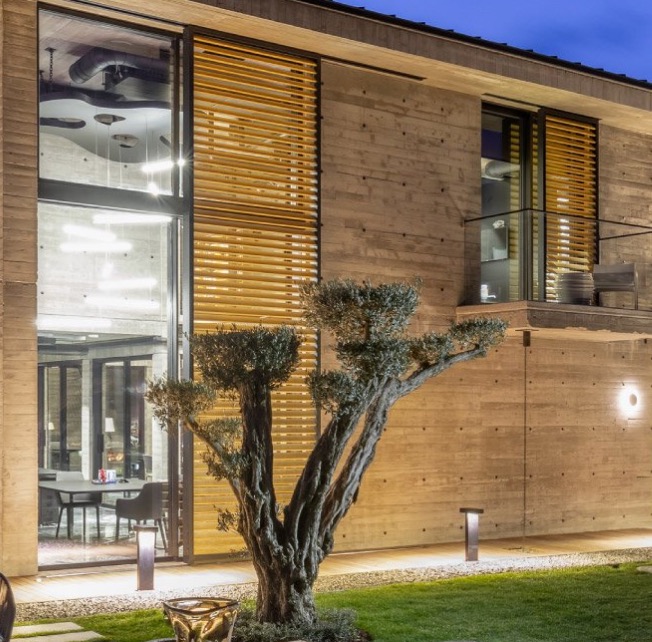Electrification: Of all the decarbonization measures, it’s the one that keeps me up the most at night. Experts in carbon tend to agree that electrification of our existing building stock is a critical step toward decarbonizing the built environment. However, the journey is fraught with roadblocks, from strained electrical grids to the paradox of adding grid emissions (operational carbon) while still aiming for overall decarbonization.
First, let’s address some of the roadblocks (philosophical or actual) you’re likely to encounter.
Why electrifying existing buildings feels difficult
Electrical capacity is low.
You’re at the trailhead, and as you take that first step onto the path, you immediately hit your first roadblock: the building’s existing electrical service is all but maxed out. Heat pumps are the likely solution when converting from on-site combustion to electrical equipment, because they’re magic in terms of coefficient of performance (COP), which is the term used for the heat pump efficiency. This is all great, until you realize that no matter how efficient your new heat pumps are, they still require some amount of electricity to operate. This adds to the building’s existing electrical demand.
The grid isn’t ready.
Now, we’re looking at requiring more service from an already overtaxed electrical grid. A grid that is overburdened results in brownouts, blackouts, and, on really bad days, even wildfires. That’s if the electrical provider even has more service to give.
https://www.usgbc.org/articles/unraveling-complexities-electrification

